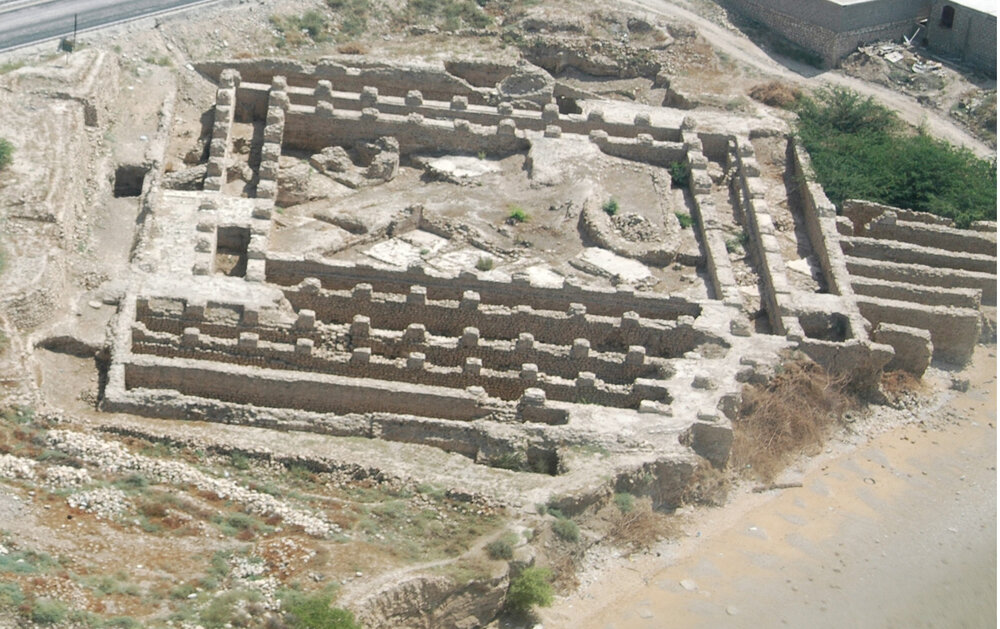INSUBCONTINENT EXCLUSIVE:
TEHRAN - Constructed in between the early and middle of the 9th century CE, the Friday Mosque of Siraf, located in the port city of Siraf
close to the Persian Gulf, is a really early example of Islamic architecture in Iran.Today, just the ruins stay, and the majority of the
understanding about its architectural features comes from the excavations carried out in between 1966 and 1973 by the British Institute of
Persian Studies, led by archaeologist David Whitehouse.The Friday Mosque of Siraf is the largest mosque among those formerly discovered
close by that share a comparable architectural style.The mosque is a congregational structure, developed on a two-meter-high podium and
arranged in a rectilinear box
Merely organized columns and a main yard serve to specify the structures interior
In comparison to other mosques of the time, it is substantially larger; when it was finished, its square footprint was 55 meters
long.According to Archnet, the excavations uncovered numerous stages of building and construction, with two or three particularly obvious
The mosque walls surrounded a space that was 51 meters deep by 44 meters wide at the end of the first construction phase, on top of the
aforementioned two-meter-high platform.They contained a courtyard with a well in the middle, 3 games running parallel to the qibla wall that
comprised the prayer hall, and one game enclosing the other three sides
At the center of the qibla wall, the mihrab was merely shaped like a rectangular niche.A staircase led to the entrance to the northeastern
walls center, which faced Mecca
To the entryways left was a minaret.Three bays to the southwest worked as the prayer halls interior
Early in the ninth century, during the very first stage of building, the mihrab was just a little niche in the qibla wall.Around completion
of the first quarter of the ninth century, a second building and construction stage started
A bay was contributed to the sanctuary area at this time
The mosques qibla wall was torn down, and the wall was reconstructed
The mihrab had a rectangle-shaped niche at its center and a matching rectangular projection on the outside.Another arcade was constructed
around the yards edge during this stage of the project
With this addition, the yards density was decreased by one bay on all sides except the entryway side, and the sanctuary was now five bays
The yards 2 perpendicular sides now had double arcades.A cistern was eventually built on the eastern corner of the yard following this
second building phase, and bathrooms were added to the side of the exterior east corner
The sanctuary was also broadened throughout this 3rd building and construction phase.Six brief bays were contributed to the east, tying the
brand-new wall to the spot where the old wall was, and the four wall-to-wall existing bays parallel to the qibla wall were extended 11
meters to the southeast.In the twelfth century, a percentage of restoration work was carried out in the mosque
Its likewise intriguing to keep in mind that the many smaller sized mosques located at the area all have rectangular projections on the
outside of their qibla walls, suggesting that their mihrabs were articulated likewise to the one at the bigger Friday Mosque.Siraf had a
population of about 300,000 throughout the early Islamic period, and this reality shows that it was a prosperous town.AFM

